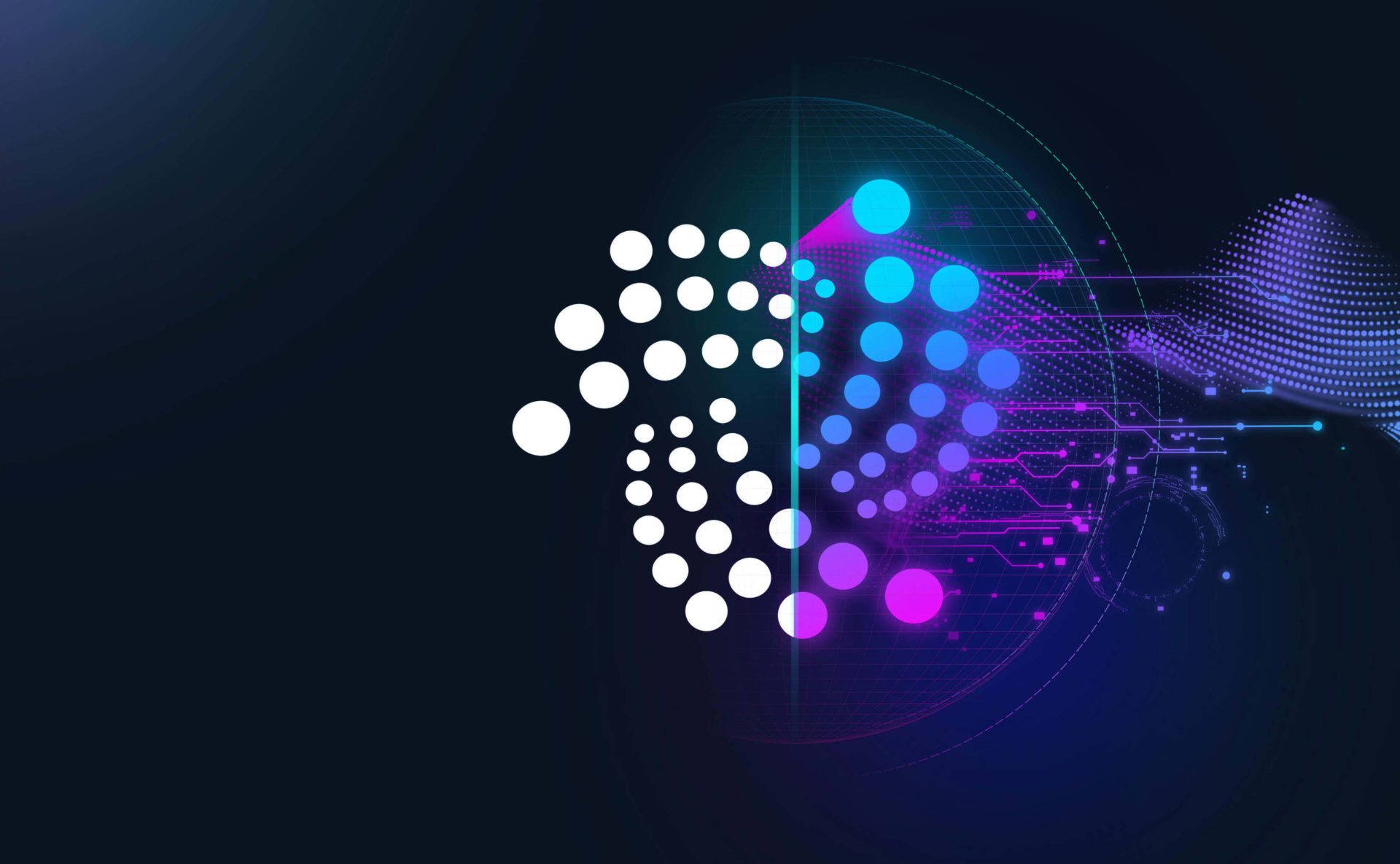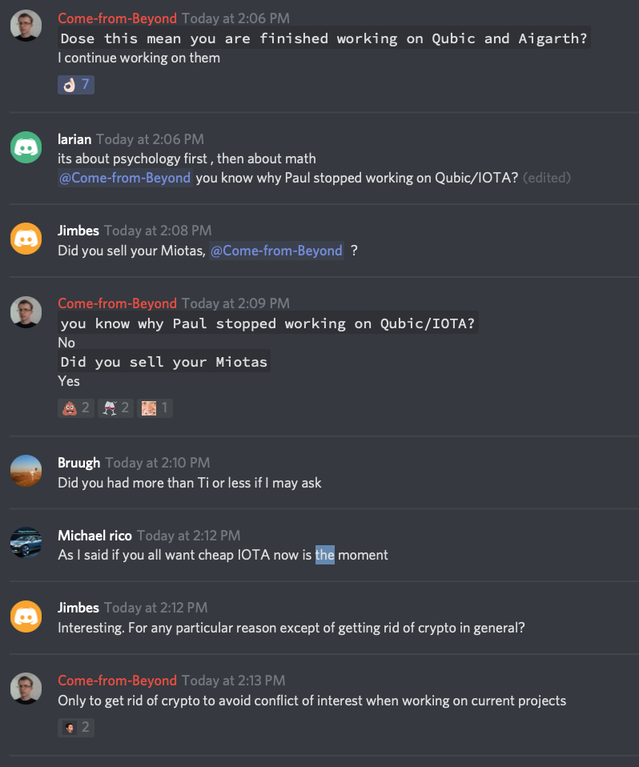

The current IOTA market cap is at 4.041B and has a volume/ market cap of 0.2305, according to CoinMarketCap. The coin’s trading volume has increased significantly over the past week while raising the overall circulating supply of the coin by 0.01% to over 2.78 billion. MIOTA has been on surge lately and it doesn’t seem to stop. The platform also ensures tamper-proof-data security with low resource requirements. Investors believe that IOTA is highly scalable and future-proof to handle the large volumes of data coming from close to billions of Internet of Things (IoT) devices and can handle close to a thousand transactions per second. IOTA works with machines, rather than focusing on individuals undertaking transactions in the trading environment. IOTA gained its popularity among crypto investors due to its unique use cases that incorporate blockchain and another is the internet of things. The platform provides a secure exchange of data and value without any fees. IOTA is a smart contract platform redesigning the distributed ledger technology. According to investors, the rally which started from USD 0.99 doesn’t seem to slow down and could surge even more in the coming days. The token seems to be on the rise and the uptick has been of around 44 per cent since its last major fall. IOTA has gone up by around 30 per cent in the last 24 hours and is trading at USD 1.55. New transactions are validated by approving two previous transactions from another node - and this is a novel approach because it means that the network’s size and speed will be directly related to how many people are using the platform.Īnd whereas some cryptocurrencies are run as a business, the IOTA Foundation says it is firmly not for profit - adding that it has the sole goal of making the network as prosperous as possible.įinally, IOTA has distinguished itself from many other crypto rivals by establishing high-profile partnerships with the carmaker Volkswagen, and helping the city of Taipei to pursue smart projects.The cryptocurrency market has been on the rise lately and IOTA (MIOTA) has been part of the surge. IOTA is designed to provide one solution that no other crypto does: efficient, secure, lightweight, real-time micro-transactions without fees.” It’s meant to work in synergy with these other platforms to form cohesion and symbiotic relationships. He also wrote: “IOTA should not be considered an alternative coin (altcoin) to existing cryptocurrencies such as Bitcoin, rather it is an extension of the growing blockchain ecosystem. The only difference is that it does away with the notion of blocks. Tangle’s more technical name is the Directed Acyclic Graph - and as Sønstebø explained in a blog post back in 2015, this technology aims to retain blockchain’s ability to execute secure transactions. IOTA claims that Tangle is faster and more efficient than typical blockchains used in cryptocurrencies. IOTA's key innovation is Tangle, a system of nodes used for confirming transactions. Well, as we alluded to a little earlier, the fact that it’s effectively a blockchainless blockchain is rather unusual to say the least. This inspired debate from various members of the cryptocurrency community including a constructive criticism from Vitalik Buterin and other members of the Ethereum community. IOTA's Sergey Ivancheglo posted a response to the investigation suggesting the vulnerability was previously known and intentionally included as a copy protection mechanism. Contact with the Neha Narula prior to this blog post inspired IOTA to temporarily switch from a cryptographic function of their own design known as Curl to the more standard Keccak (SHA-3). Neha Narula, Director of the Digital Currency Initiative at the MIT Media Lab, along with colleagues posted an investigation into cryptographic vulnerabilities in IOTA. The coordinator has been a source of discussion on decentralization for young distributed ledgers.


The purpose of the coordinator is to provide a milestone checkpoint to resist against attacks on the network while it the network is young. IOTA runs a centralized close source Coordinator as announced in their blog post on transparency.


 0 kommentar(er)
0 kommentar(er)
